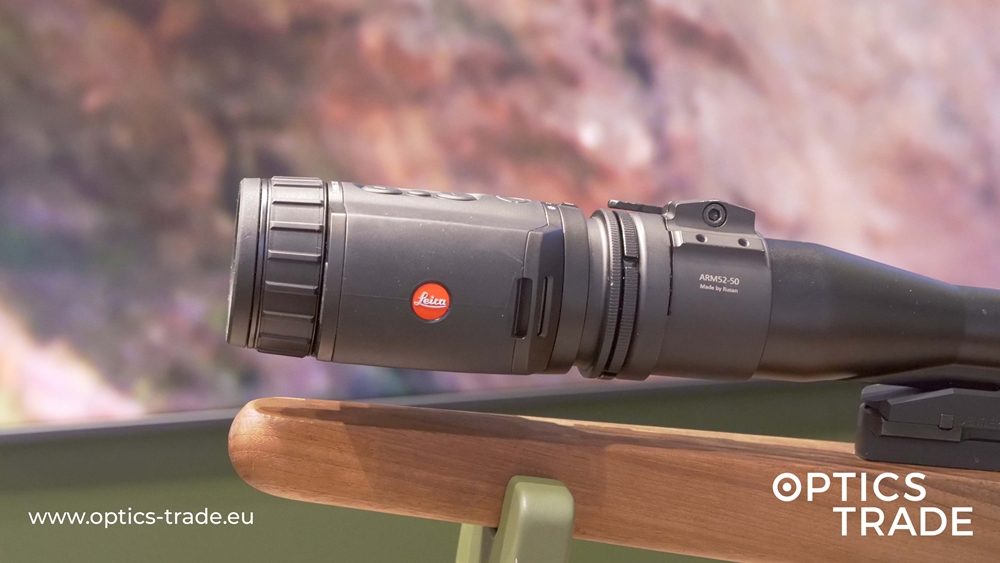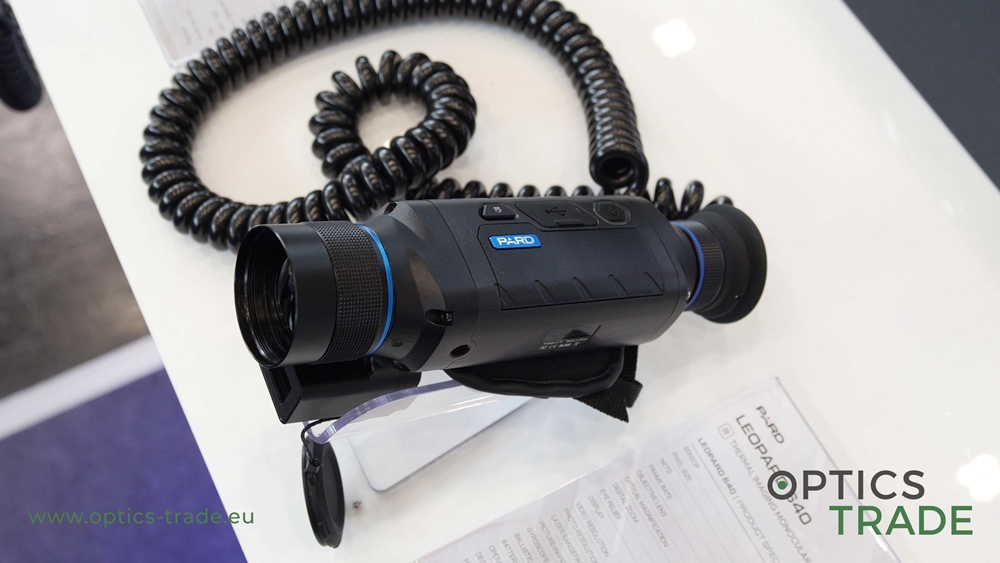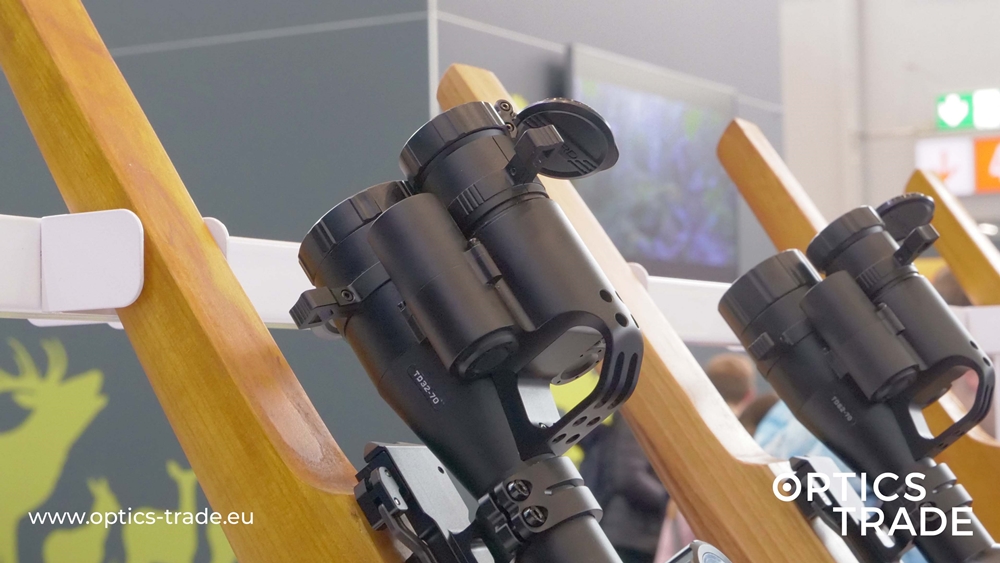Introduction of Pulsar Helion 2 XP50
Pulsar is one of the leading manufacturers of night vision and thermal imaging optics. The company has grown significantly in the last few years. Their night vision and thermal vision devices are known for the affordable price, impressive optical performance, and frequent updates. Helion is one of their most sought-after thermal vision devices. These thermal imaging monoculars are an excellent companion for hunting.
It was first introduced three years ago when it succeeded the Quantum series, revolutionizing the market. With Helion devices, Pulsar entered the world of multimedia – one can take pictures and record videos with them. Furthermore, you can view the image captured by the device in real-time and manipulate the device’s settings through the app.

Quite recently, Pulsar unveiled Helion 2, an upgraded version of the first generation. Besides Helion 2 XP50 model there are also other models available in Helion 2 series.
Interested in Pulsar Helion 2 XP50?
Other Helion thermal imaging models:
- Pulsar Helion 2 XQ38F thermal – imaging – scope
- Pulsar Helion 2 XQ50F thermal – imaging – monocular
- Pulsar Helion 2 XP50 Pro thermal monocular
Watch Helion 2 XP50 review
Differences between the first and the second Helion generation
The difference between the first and the second generation is in the NETD (Noise Equivalent Temperature Difference). The old models have a NETD Of 60 millikelvins, whereas Helions 2 use a new, uncooled micro-bolometric thermal sensor with a NETD of 40 millikelvins. This drastically improves the detail recognition as the sensor is capable of detecting lower temperature differences. It is especially useful in cold weather, during the rain or fog. Furthermore, it allows the hunter to see the antlers better.

The housing remains the same. The only difference visible on the outside is the colour of the Power button which is no longer black but blue.
Pulsar Helion – a quality thermal vision monocular with a range of applications
All the other characteristics of Helion 2 XP50 remain unchanged, which is why we are going to describe both the features of the first and the second generation in the continuation of this article.

Housing of XP50
Let’s take a look at the outer appearance first. They haven’t made any changes to the housing on Helion 2 XP50 thermal imaging scope. It is made of durable polymer like the first generation models. The shape is ergonomic – the hand of the user fits nicely around the device’s body, with buttons easily reachable. The buttons are intuitively placed, but it will take some time for the user to remember each one’s functions. The Power button is now blue, which is the only noticeable superficial difference when compared to the first Helion generation.

Interested in real start-up time for Helion 2 XP50?
Pulsar Helion 2 XP50 vs XQ50 sensor
Even though only the Helion XP50 model has been upgraded to the second generation, other models will follow. There are XQ and XP models in the Helion series. The difference is in the sensor; The XP models have a sensor with a resolution of 640×480 pixels, whereas the XQ series is equipped with a 384×288 sensor. Naturally, the XP models produce a more-detailed image but are also more expensive. Each model has a different magnification range. For the best detail recognition, make sure to turn on the image detail boost option in the menu.

Lens on Helion 2 XP50
There are two lens diameters at disposal – 38 and 50 mm. The models with a greater lens diameter offer a better detail recognition and a longer detection range. The field of view, however, is wider on the models with a smaller lens. The 38mm models have a lower minimum magnification.
Detection range on Helion 2 XP50
Even though the detection range of all devices is beyond 1300 m (the range of the 50-mm lens models nears the 2000 m mark), one can expect to identify the game at a distance up to 500 m. This also depends on the model of the device and the size of the observed animal. The advantage of the thermal imaging devices is in their versatility – you can use them during the day and during the night in all weather conditions. Night vision devices perform poorly in rain or fog, but this isn’t the case with thermal vision. These devices perform best when it is cold outside as the temperature difference between the environment and the warm objects makes for better contrast.


Pixel pitch on Helion 2 thermal imaging monocular
The pixel pitch of all Helion thermal monoculars is 17 µm while the refresh rate is 50 Hz. The high refresh rate makes for a smoothly running image, allowing the device to be used not only statically but also dynamically. Observing moving objects is not an issue as with some older devices with a low refresh rate. Each Helion is equipped with a ‘Display off’ function which can be used to quickly turn off the screen when the animals are closing by.

Helion 2 XP50 is waterproof
All Helion devices are IPX7 certified, so you can use them in rain without problems. They can even be submerged to one meter of depth for 30 minutes and will continue to operate even at a temperature as low as –25 °C.

Helion 2 XP50 battery
An IPS7 battery is supplied with Helion 2 XP50 – when fully charged, expect up to 7 hours of operation time. Having a removable battery is a huge advantage – most devices made by the competition still feature an integrated, non-removable battery. With Helion, you can always carry an extra battery with you. If one of them dies, you can replace it with a new one in a matter of seconds. A much better solution than having to carry a clumsy power bank.
Need a spare battery?

Stream Vision App
Helion monoculars are compatible with Pulsar’s Stream Vision application which can be installed on a smartphone (iOS or Android). The app allows the image seen through the monocular to be projected to the phone in real time. You can view and share photos and videos, update the device and manipulate some of the device’s settings.
Helion 2 XP50 price and warranty
The price of Helion monoculars ranges from 2300 € to 3590 €. The price of the most advanced model used to be above 4000 €, but at Pulsar they are doing everything they can to remain the most competitive player on the market. The devices are covered by a 3-year warranty period. Pulsar offers service even after this period expires.
When purchasing an electronic device, one can’t help but wonder whether the purchase is rational. An average person replaces his or her smartphone every 2 to 3 years, and this applies to several other electronic gadgets. After a while, the battery dies faster and gets overshadowed by newer, better devices on the market. With Pulsar’s thermal vision, the situation is different.
Firstly, the battery is removable, meaning that you can simply replace it with a new one when the quick battery drain becomes an issue (devices made by the competition mostly feature a non-removable battery).
Want to know how long the battery lasts?
Secondly, Pulsar constantly updates their devices. We often hear users saying that updating a Pulsar device is almost like purchasing a new one because of all the changes that the updates bring. If you purchased Pulsar Helion XP50 3 years ago in 2017, you still own an up-to-date device now in 2020. The inclusion of the ‘Image Detail Boost’ option was one of the most prominent updates.

Conclusion
Even though it is a monocular, Helion is comfortable to use even for longer periods of time. If you seek even better comfort, check out Pulsar Accolade, a thermal imaging binocular. Certain models are even equipped with a laser rangefinder. Helion is especially useful when you pair it with a low-light riflescopes – use one of the eyes to observe with Helion and the other to look through the riflescopes. If you use the same eye, it is better to wait a couple of seconds as the display is very bright, so it takes some time for the eye to adjust to the darkness.
Interested in Pulsar Helion 2 XP50?

If you wish to enhance your hunting experience, you can’t go wrong by purchasing a Helion. They just keep making it better and better with the updates. Exploring the night with this amazing thermal accessory opens up a whole new world for a hunter – you are sure to be amazed by it.
Picture gallery










